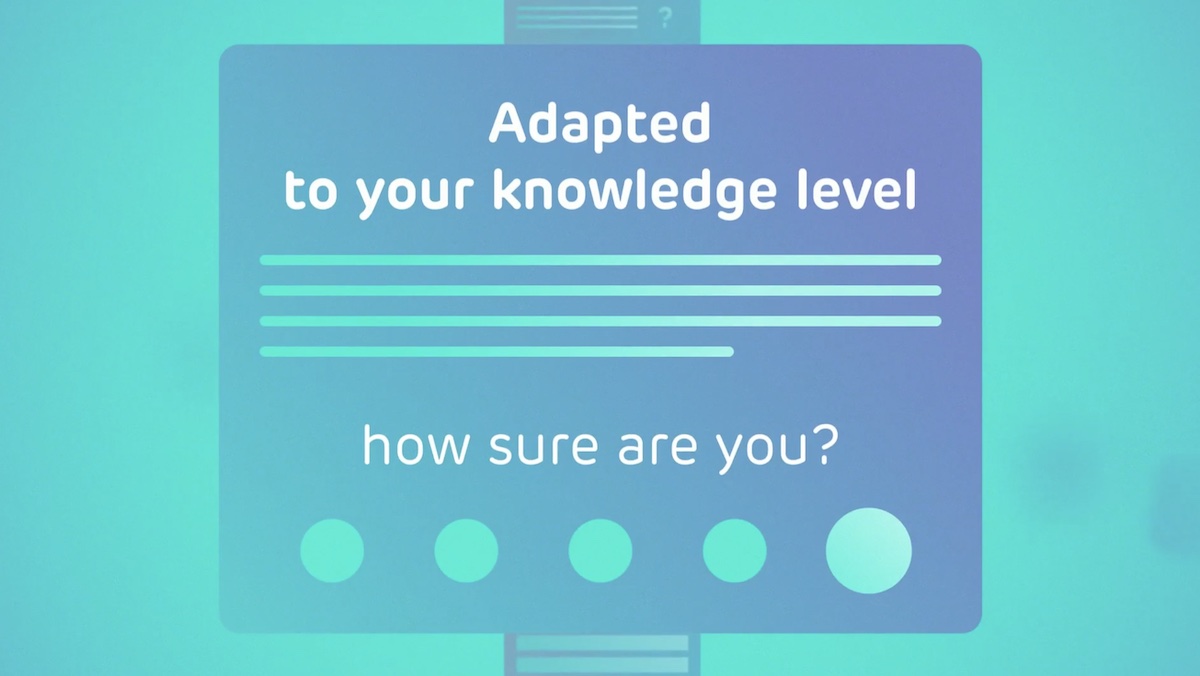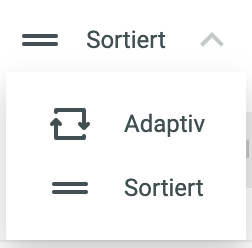chunkx gewinnt in der Kategorie "Digital didaktische Medienprodukte"
Berlin, Deutschland – die Micro-Learning App chunkx wurde am 23. Juni bei der diesjährigen Comenius Award Verleihung in Berlin von der Gesellschaft für Pädagogik, Information und Medien e.V. (GPI) als eines der herausragendsten Bildungsmedien für Beruf, Ausbildung, Schule, Kultur und Freizeit ausgezeichnet.
Der Bedarf und auch der Markt an digitalen Bildungsmedien wachsen kontinuierlich. Jedoch kann nur ein Bruchteil die pädagogischen, didaktischen und technischen Kriterien erfüllen und ein nachhaltiges digitales Bildungsmedium etablieren. Die GPI hat es sich mit dem Comenius-EduMedia Award deswegen zur Aufgabe gemacht digitale Bildungsmedien nach den genannten Kriterien zu prüfen und auszuzeichnen. Seit über 26 Jahren wird die Auszeichnungen in den Kategorien Digitale didaktische Medienprodukte, Allgemeine digitale Medienprodukte, Lehr- und Lernmanagementsysteme sowie Computerspiele mit kompetenzförderlichen Potenzialen vergeben.
In diesem Jahr bewarben sich über 200 Hersteller, Verlage, Projekte und Autor*innen aus 8 europäischen Ländern und unterzogen sich dem herstellerneutralen Qualitätscheck.
Die Auszeichnung des Comenius EduMedia Award unterstreicht die didaktische Qualität, die die Nationale Anti-Doping Agentur gemeinsam mit chunkx erreicht und bestätigt die wachsenden Anforderungen an digitalen Lösungen zum adaptiven und kontinuierlichen Lernen.
Florian Stieler, Gründer & CEO

chunkx überzeugt mit innovativen Ansätzen für nachhaltiges Lernen
Für die Auszeichnung der Kategorie „Digital didaktisches Medienprodukt“ konnte chunkx nicht nur mit dem innovativen Einsatz von künstlicher Intelligenz und adaptiven Algorithmen überzeugen, sondern auch mit dem pädagogischen Konzept dahinter. Aufbauend auf wissenschaftlichen Theorien wie „Multi Store Model of Memory„, „Information Processing Theory“ oder „Certainty Based Marking“ legt chunkx die Grundlage für eine neue Lernkultur.
Dabei stachen vor allem die folgenden Ansätze heraus:
Mikrolerneinheiten für Kontinuität
Um von statischen zu adaptiven Lernpfaden zu gelangen und investierte Lernzeit so effektiv wie möglich zu gestalten, folgt chunkx dem Micro-Learning-Ansatz. Dabei werden einzelne Lerneinheiten in kleine Häppchen (engl. chunks) gepackt, um für den Lernenden besser „verdaulich“ zu sein. Statt einmal einen umfangreichen Kurs oder ein Video-/Audiobeitrag zu hören, werden Inhalte entzerrt und über längere Zeiträume verteilt wiederholt. Die dadurch immer wieder entstehenden Reflektionsmomente fördern die Nachhaltigkeit des Lernprozesses und ermöglichen eine tiefere Verankerung als es das sogenannte „Bulimielernen“ kann.
Adaptivität für wissensbasierte Lerninhalte
In chunkx werden Lerninhalte nutzerbasiert ausgewählt. So wiederholen speziell entwickelte Algorithmen nicht nur die Mikro-Lerneinheiten, sondern wählen sie basierend auf dem Wissenstand der einzelnen Nutzer*innen dynamisch aus. Diese Auswahl kann ständig neu angepasst werden. Denn mit jeder Aktion des Lernenden lernt auch die App weiter dazu und verbessert die Auswahl.
Selbstbestimmtes und verbindenden Lernens
In chunkx entscheiden die Lernenden selbst, wie lange und intensiv sie ihre Lerneinheit gestalten möchten. Dabei können über einen Button „Alle deine Kanäle starten“ mehreren Themen verbindend lernen. Per Knopfdruck sucht chunkx dann aus allen abonnierten Themen und basierend auf der individuellen Lernhistorie die passendste Mikrolerneinheit aus. Dadurch konkurrieren Themen nicht mehr länger um die Aufmerksamkeit der Nutzer*innen, sondern verbinden und verstärken sich. Zusätzlich werden die bestehenden Lerninhalte durch weitere relevante Informationen wie z. B. erschiene Artikel, Studien oder Podcasts in Form von Postings bereichert.
Einfache und KI-basierte Inhaltserstellung
Um aktiv an einer neuen kontinuierlichen und nachhaltigen Lernkultur mitzuwirken, bietet chunkx eine KI-basierte Inhaltserstellung. Per Knopfdruck können Nutzer*innen von chunkx Inhalte hochladen, automatisiert Mikrolerneinheiten erstellen lassen und anfangen zu lernen. Das involviert nicht nur alle Lernparteien in der Erweiterung von Lernkursen, sondern lässt sie auch auf einfachstem Weg Wissen mit anderen teilen.

Über chunkx
chunkx ist eine adaptive Micro-Learning-App für Web, iOS und Android. Sie setzt auf einen nachhaltigen Lerntransfer durch smarte Algorithmen, künstliche Intelligenz und benutzerbasierte Inhaltsauswahl. chunkx nutzt Natural Language Processing für nutzerbasierte Empfehlungen und die automatische Erstellung von interaktiven Mikro-Lerneinheit. Mit der User-App chunkx und dem Autorentool chunkx creator erhalten Autoren und Nutzer die optimale Unterstützung für die kontinuierliche Content-Erstellung und das Lernengagement. chunkx ist ein Produkt der chunkx B.V. und wurde 2018 gegründet. Das EdTech-Start-up hat seinen Sitz auf dem High Tech Campus Eindhoven, Niederlande, und in Düsseldorf, Deutschland.
Bist du noch kein Kunde oder hast du Fragen zu chunkx? Dann sprich uns für eine persönliche Präsentation an und lass uns gemeinsam über die Möglichkeiten sprechen. Wir freuen uns über deine Kontaktaufnahme!











